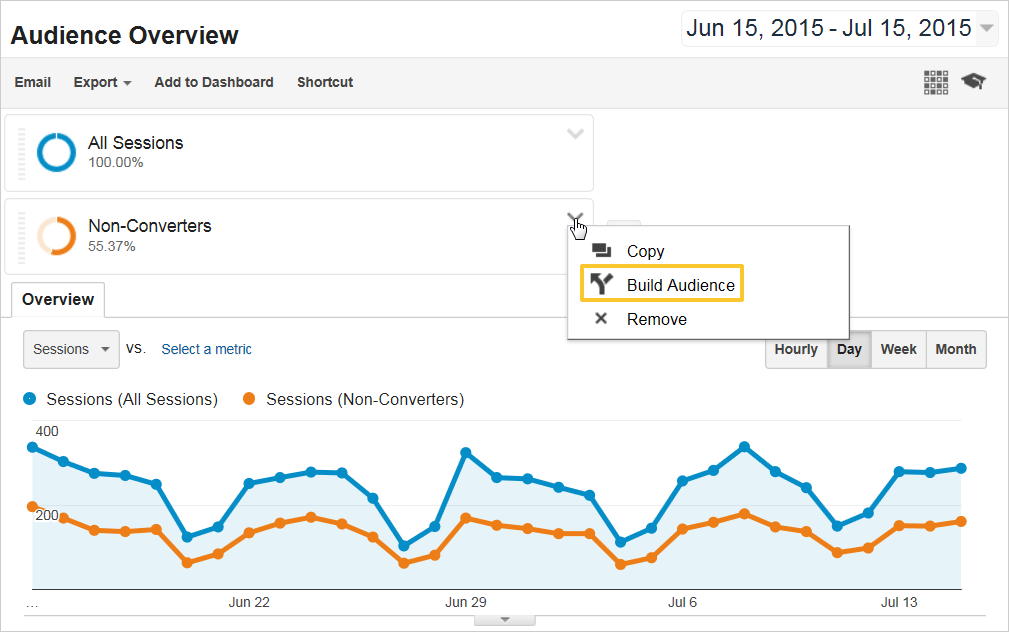Just How to Leverage Remarketing In Google Analytics for Your Organization
Wiki Article
Optimize Your ROI With Remarketing in Google Analytics
By utilizing the power of user information and customizing ads to particular target market segments, businesses can substantially amplify their conversion rates. The journey to making the most of ROI via remarketing is a nuanced path paved with insights and chances that can reshape the trajectory of your advertising and marketing undertakings.Recognizing Remarketing in Google Analytics
Recognizing remarketing in Google Analytics is crucial for maximizing your electronic marketing method. Remarketing allows you to target customers who have actually formerly visited your site or interacted with your app, providing them with tailored advertisements as they browse various other sites or make use of other applications within the Google Show Network. This technique aids keep your brand name top of mind and motivates customers to go back to your site, ultimately increasing the possibility of conversion.By using Google Analytics, you can track the performance of your remarketing campaigns, getting valuable understandings into individual actions, interaction, and conversions. This information allows you to improve your messaging, targeting, and bidding process strategies to enhance the general effectiveness of your campaigns.
Moreover, recognizing the various sorts of remarketing lists available in Google Analytics, such as conventional, dynamic, and similar audiences, enables you to produce extremely segmented and customized projects tailored to particular customer sections. This degree of granularity can considerably improve the relevance and impact of your remarketing initiatives, inevitably optimizing your return on investment.
Setting Up Remarketing Checklists
To properly apply remarketing campaigns in Google Analytics, the initial step involves configuring and producing remarketing listings targeting certain user segments based on their interactions with your website or application. By establishing up remarketing listings, you can customize your advertising and marketing efforts to get to users who have actually currently shown rate of interest in your product and services.To begin, navigate to the Admin area of your Google Analytics account and select the Building where you intend to create the remarketing list. Then, under the Residential property column, click on 'Audience Definitions' and choose 'Audiences.' Next off, click on the red 'New Audience' switch and pick 'Develop New' to specify the criteria for your remarketing checklist.

Crafting Efficient Remarketing Advertisements

When crafting your ads, concentrate on developing attention-grabbing headings and engaging visuals that stick out to potential consumers. Include solid calls-to-action official statement that encourage customers to review your site and complete a wanted action. Use dynamic remarketing to show customized ads featuring product and services that customers have actually previously viewed on your site.
Furthermore, guarantee that your advertisements are mobile-friendly since a significant portion of internet traffic originates from mobile gadgets. Test various advertisement variations to determine which messages and designs drive the most effective results. By constantly refining and enhancing your remarketing advertisements based on performance information, you can optimize their efficiency and enhance this link your roi.
Studying Remarketing Efficiency

Via Google Analytics, online marketers can track the efficiency of their remarketing projects in real-time, permitting them to identify fads, patterns, and locations for improvement immediately. By assessing the data, marketing professionals can identify which ads are performing well, which audience sectors are responding positively, and which networks are driving the most conversions. This level of granularity makes it possible for marketing professionals to make data-driven choices to optimize their remarketing projects for far better outcomes.
Enhancing ROI With Remarketing
Assessing remarketing data in Google Analytics allows marketing experts to identify possibilities for optimizing return on financial investment (ROI) through strategic adjustments - What Is “Remarketing” In browse around this web-site Google Analytics?. To make the most of ROI with remarketing, it is important to comprehend the actions of your audience. By examining customer interactions, such as the pages they checked out, the items they saw, or the activities they tackled your site, you can tailor your remarketing campaigns betterSegmenting your target market based on their habits allows you to develop personalized and targeted ads that are a lot more most likely to resonate with them. By revealing appropriate advertisements to details segments of your audience, you can increase the possibilities of conversion and ultimately improve your ROI.
Furthermore, evaluating various ad creatives, messaging, and deals can assist recognize what reverberates ideal with your audience. A/B testing allows you to explore different aspects of your advertisements to identify what drives the highest possible involvement and conversion rates.
Conclusion
In conclusion, optimizing ROI with remarketing in Google Analytics requires a strategic technique to examining customer behavior, segmenting target markets, creating customized ads, and maximizing project performance. By leveraging data-driven insights and examining various approaches, services can enhance their remarketing initiatives to drive higher interaction and conversion rates. This methodical method guarantees that sources are effectively assigned in the direction of taking full advantage of returns on investment in remarketing campaigns.Next, click on the red 'New Target market' button and pick 'Produce New' to define the criteria for your remarketing list.
By continually refining and optimizing your remarketing advertisements based on performance data, you can optimize their effectiveness and boost your return on investment.
By diving right into these insights, online marketers can obtain a thorough understanding of how their remarketing initiatives are resonating with their target audience and driving conversions. To maximize ROI with remarketing, it is vital to understand the actions of your audience.In final thought, maximizing ROI with remarketing in Google Analytics needs a critical method to assessing user habits, segmenting target markets, developing tailored ads, and enhancing project efficiency.
Report this wiki page